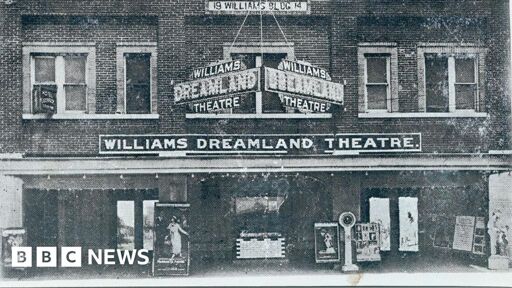The city of Tulsa, Oklahoma is preparing to award its black community a $105m (£73.8m) reparations package to address the harms caused by the Tulsa Race Massacre of 1921, one of the largest and most violent racial attacks in US history.
The plan, by Monroe Nichols, Tulsa’s first black mayor, focuses on community redevelopment and does not involve direct payments to descendants or the two remaining survivors of the attack.
Nichols made the announcement on Sunday during Tulsa’s first ever official Tulsa Race Massacre Observance Day.
The funds, raised by a private trust, includes $24m for a housing fund and $60m for a cultural preservation fund focused on “reducing blight”.
“The Tulsa Race Massacre has been a stain on our city’s history… hidden from history books,” Nichols said.



It was actually only one of dozens of similar atrocities that happened around that time. In fact, 1919 is referred to as “Red Summer,” for the number of organized attacks on black neighborhoods.
I live in the Orlando area, and a local news station did an extended story on the 100th anniversary of a local massacre in Ocoee,, caused when a black citizen insisted on voting in the 1920 Presidential election. 30-80 black citizens were murdered, their properties confiscated, and the rest driven from town. Their stolen properties were distributed among prominent white members of the town, whose families still own the properties to this day.
Like most of these massacres, the Ocoee massacre was almost totally forgotten, by design. They weren’t talked about, and younger generations weren’t told about them, neither in school, nor at home. Discussion was harshly discouraged. Within a couple generations, they were mostly forgotten.